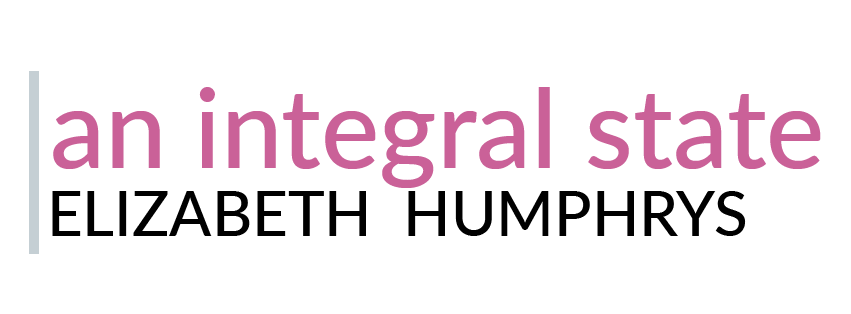As the pandemic eases, confidence in major parties and traditional politicians is returning to earlier trends of disaffection and distrust. By Simon Copland and Elizabeth Humphrys. Originally published in The Guardian on 4 May 2022.
At the upcoming federal election, the two major parties look to deliver their lowest ever combined primary vote. Polls are indicating the ALP and Coalition will bring in less than 40% of the vote each.
While there might be a small increase on Labor’s 2019 tally of 33.3%, the Coalition looks set for its lowest primary vote in history. There is also a good chance of a record number of independents and minor party candidates being elected.
After years of “pandemic politics”, this might be a surprise to some.
Covid-19 saw an increase of trust in government, with many incumbents benefiting from increased approval ratings. As the pandemic eases, though, confidence in Australian major parties is returning to earlier trends.
For a while now, researchers have noticed a growing phenomenon called “anti-politics” in highly industrialised countries like ours. Anti-politics can be broadly understood as a growing mood of public disaffection towards politics and politicians.
It encapsulates two key sentiments: that mainstream political systems aren’t functioning, and that they are designed to benefit the elites at the expense of everyday people.
Anti-political sentiment has been identified as a cause, at least in part, for the Brexit vote in 2016 and the election of Donald Trump. The stark decline in trust in the established parties in much of Europe has also been identified as part of the phenomenon. The recent French presidential vote, for example, was the second election in a row in which neither of France’s historical major parties have advanced to the second round.
While Australia has not seen a crisis of the political system in such a clear way, in our recent research published in the Journal of Australian Political Economy we studied patterns of political engagement in Australia to see whether they show a similar trend. What we found was stark.
Australians are increasingly turning off mainstream politics. The most obvious trend is in voting patterns, with a steady and consistent decline of the combined vote for the ALP and Coalition. In the 1950s these parties were receiving over 95% of the combined primary vote. In this upcoming election they will be lucky to receive 70%. It has been a slow but steady decline.
Some are deciding not to vote at all. This is a key way anti-politics has been expressed in other parts of the world. The latest French presidential election had the lowest voter turnout since
Compulsory voting means this trend is more hidden here, but even in the face of fines we found evidence that people are similarly starting to opt out. At the 2001 federal election, voter turnout was above 95%; at the last election this had dropped to 91%.
Informal (or invalid) votes are also on the rise, growing from 2% of the total vote in the 1950s to closer to 6% now. While some of this may be due to growing numbers of candidates (and the tablecloth-sized ballot), researchers believe a good proportion is people consciously choosing not to participate.
Finally, both major parties have seen significant decline in their membership. While membership figures are kept secret, the public figures we do have indicate both parties peaked in the 1950s – when Labor had over 60,000 members and the Liberals about 150,000. Membership has now dropped to 40,000 and 50,000 respectively.
So what is behind these trends? We concluded that voters feel politicians are increasingly focused on their own fortunes more than that of the community. Alongside this, the major parties and politicians have become disconnected from their traditional social bases. Voters are less “rusted on” than in the past.
While Australia has not had a political eruption like Brexit or Trump, there is clear and growing destabilisation in our politics. One way this is epitomised is the revolving door of leadership in both major parties since Kevin Rudd was elected in 2007.
With a fragile voter base and an electorate increasingly distrustful of politicians, parties have turned to turfing out leaders – and prime ministers – in an attempt to find someone (anyone) that the electorate might like more. This year’s federal election is a fight of who is disliked least.
This is not a secure base for either leader to campaign on, and provides a weak mandate through which to implement a political agenda. With the pandemic poll bounce well and truly over, the era of anti-politics looks here to stay. We cannot expect a return to “normal” any time soon.



